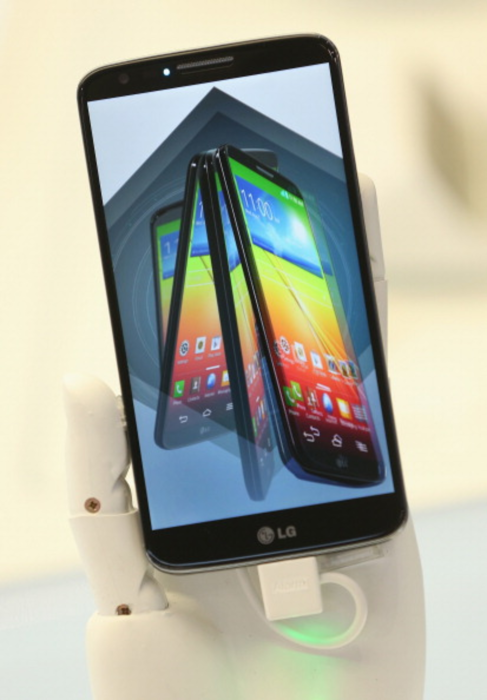Getting a message across to customers has been more complex. The rise of cross device access to media raises some intriguing strategic questions.
Bill Kee, Google’s group product manager for attribution, highlighted a critical one during his presentation at the 2017 Google Marketing Next conference. He explained that ad frequency can lead to an ineffective message for a customer. “If I am on three devices, and if I see your ad five times,” Kee said, “it means you’ve reached me 15 times….believe me I get it.”
Thus the “golden snitch” among marketers today is planning media to be effective across devices. There are plenty of ways to do so, but there a few specific actions which aid in hunting the “snitch”. Let’s look at some analytics related ideas as starter.
Evaluate analytic reporting and minimize last click analysis
Many analytics reports have been updated to consider more factors in attribution – the act of determining channels that contribute to ROI. In times past it was solely about comparing one channel versus another – now it’s about comparing how each channel contributes to each step of the customer journey. This is achieved with reports that combine metrics from the various solutions.
For example, Google introduced the Unique Reach report at Marketing Next. The report displays digital ad frequency metrics across devices, campaigns, and formats to measure how many times a person views a given ad. The report combines attribution influences from AdWords, DoubleClick, and Google Analytics.
Marketers must evaluate their analytic solutions and see how well those solution report cross-channel and cross-device attribution. Doing so helps marketers plan media for when consumers are most receptive to its message.
Plan video and image curation to demonstrate benefits to customers
Consumers are acclimated to seeing video and images at every turn. eMarketer noted an Accenture survey in which the majority of respondents preferred watching TV programs on a computer than a television for entertainment and information.
But the sheer quantity of images received along with marketing messages can be overwhelming. Marketers must adjust by planning to curate media to help customers understand products and services. This can mean using an “image story” feature on a social media platform to orchestrate images and/or short video. The latest social media image story features include Pinterest Lens, Instagram Stories, and Twitter Moments.
Marketers must also locate videos and images in their content mapping strategy, in order to understand how the media aligns with the customer journey.
Deploy chatbots that can direct customers to useful content
Though still nascent in application, chatbots offer programmable assistance, an aid that consumers are increasingly seeking as they become accustomed to researching products and services online.
Chatbots are often the customer-facing element of a recommendation engine that can be trained to improve its response performance. They have an appeal to marketers because they can increase customer engagement on content and digital media through the series of questions and responses given. This differs from a strategy with apps, where customers may consider an app to be useful for a few discrete tasks, and then never open it again, limiting engagement as a result.
Options for chatbot services abound. Some can be build on top of Facebook Messenger – useful for businesses with a strong social media audience – while Amazon Lex offers a chatbot manager. Alongside these are new JavaScript frameworks such as Superscript.JS and Claudia.JS that permit customization options for the most tech-savvy organization.
Cross device attribution will continue to be complex for marketers at all levels. But some smart planning of media and assistance tools against the customer purchase journey can make meeting that challenge easier, and a winning campaign ROI more possible.








